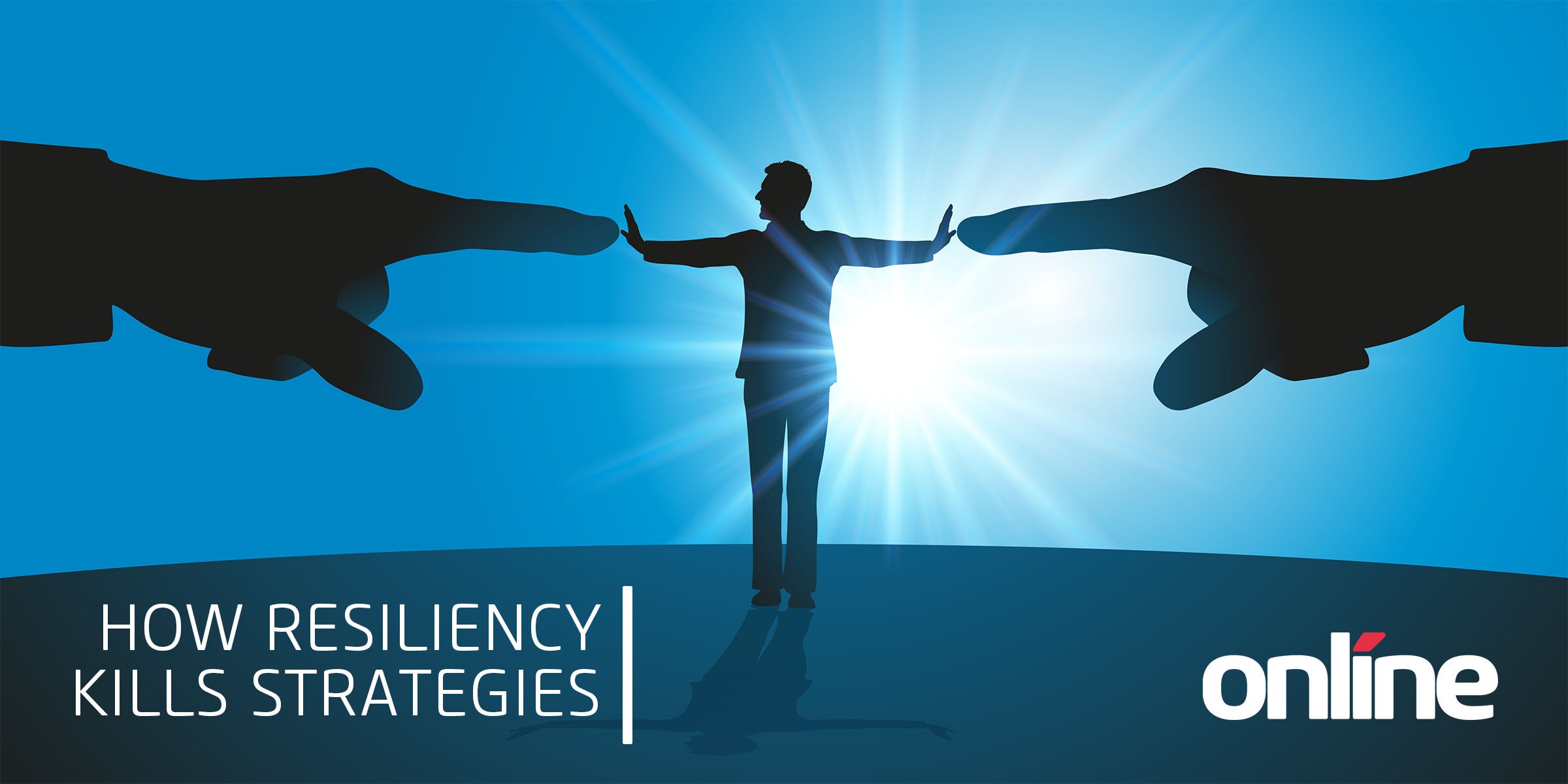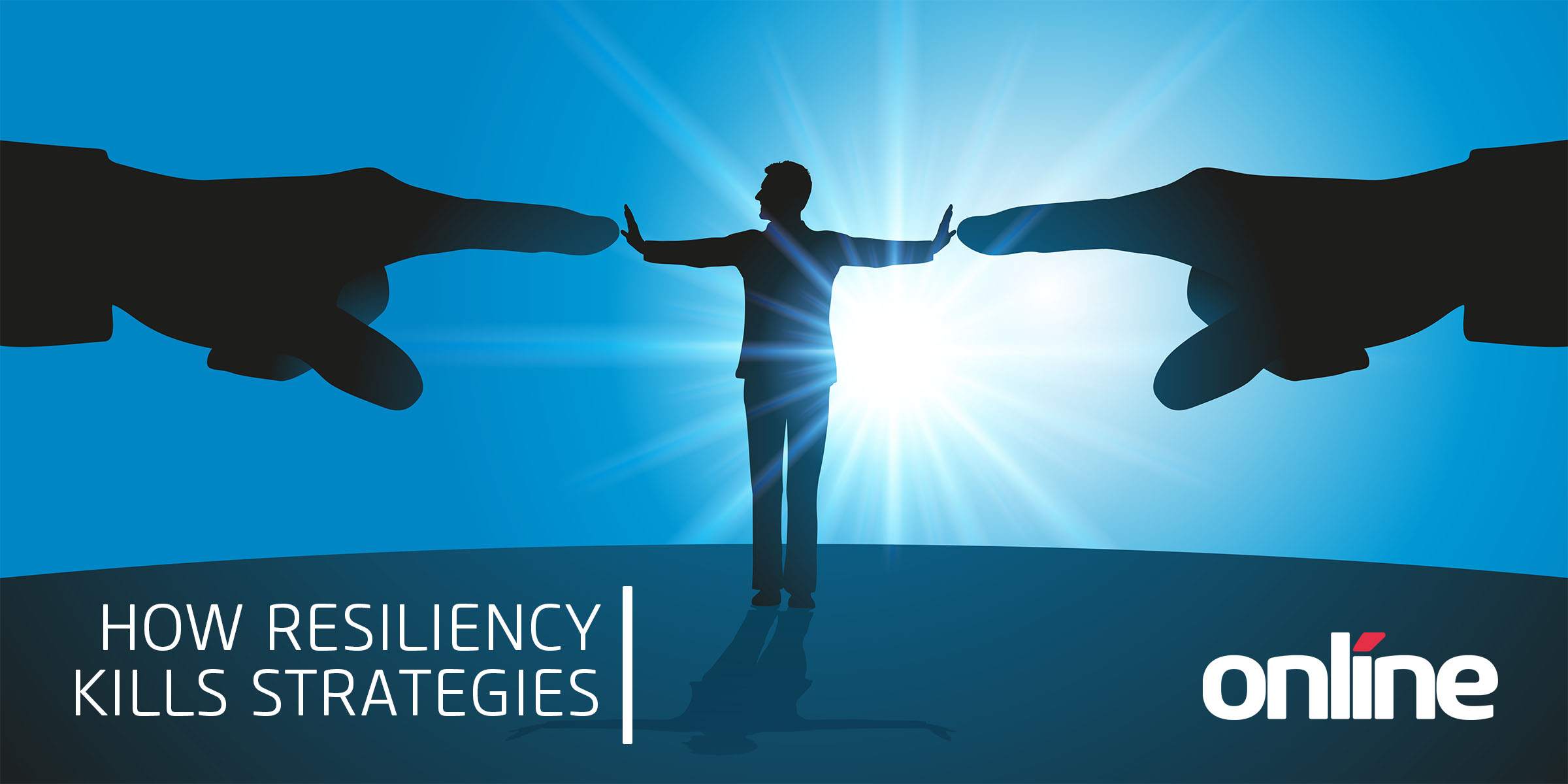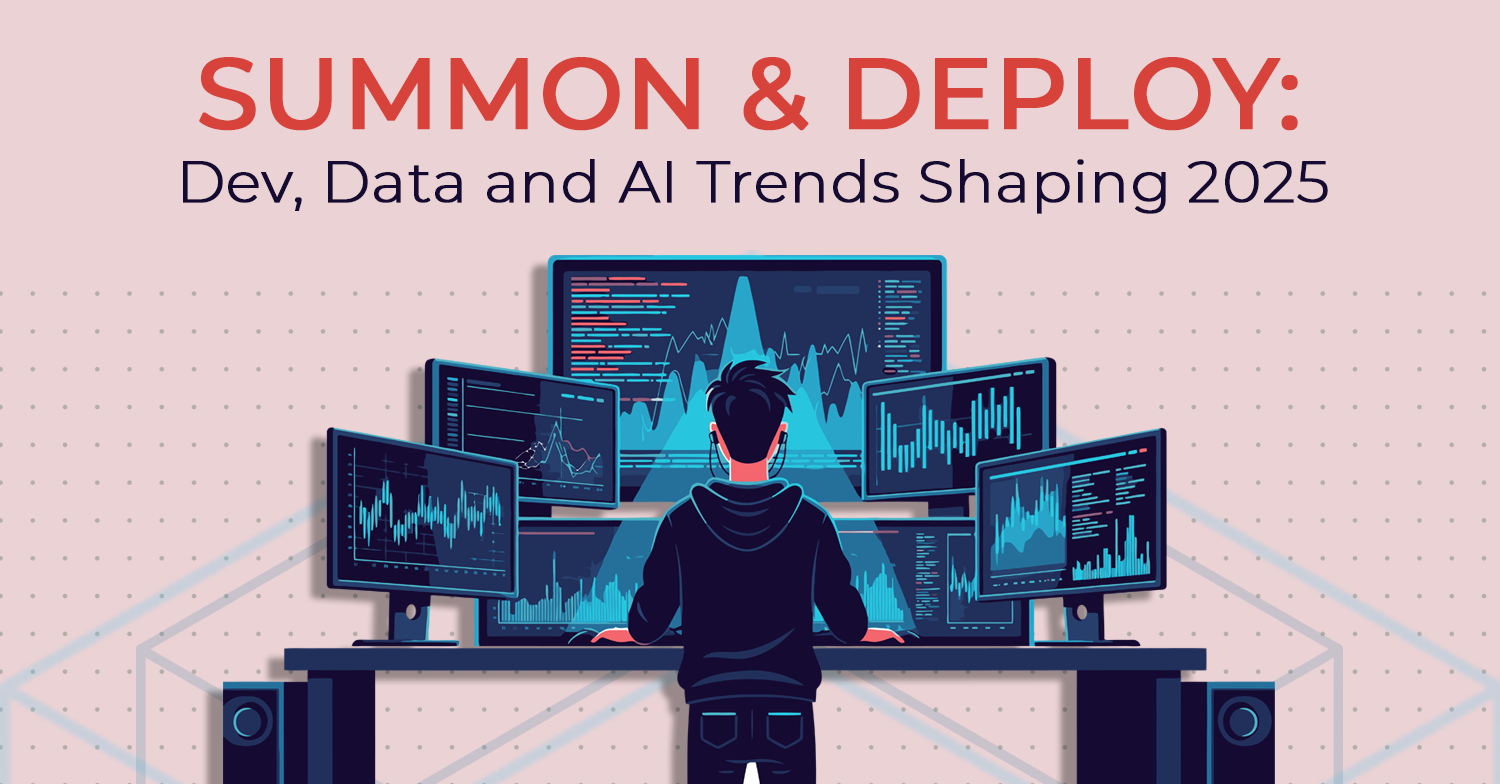Chris Harper
In a recent webinar, I discussed the premise that many strategies are focused on long-term objectives and built to endure the unknowns between where the organization is today and where it desires to be tomorrow. These resilient strategies and their enabling transformations certainly met their match with the disruptions caused by COVID-19, and the subsequent rapid re-shaping of industries and markets.
As the saying goes, “When the tide goes out, you see who has been swimming naked.”
As someone who works on a daily basis with medium and large-sized companies, but also supports many local small businesses, I couldn’t help but notice a stark contrast. Many small businesses pivoted and pulled together the tools they need to ensure they complied with changing regulations, responded to unknown customer behaviours, created new revenue channels, and essentially re-factored their entire business model on the fly. Other medium and large-sized organizations struggled to pivot, and were even unable to sustain remote communications, let alone transition to a rapidly digitized delivery model.
And this raised a question in my mind: “How could a small business with infinitely fewer resources, pivot so quickly and effectively, while larger organizations with access to many more resources and expertise not?”
This particular query led me to some interesting realizations about our self-talk as a management profession.

Resiliency
There is a lot of talk in professional communities about resiliency, how desirable it is to have and how COVID would have less of an impact if only we were more resilient to it. The implication here is that as long as we make our system more resilient than nature’s system, our system would endure, and nature’s system would be defeated. When we applying this thinking to the typical organization, the premise is that if we build an organization that can withstand change, we will have an organization that is resilient against change.
Yet, when you consider those organizations (and organisms) that have endured, it is not that they had structures that withstood change and weathered the storm, so to speak, it was that these organizations had structures that bent with the winds.
Resiliency is defined as the ability of an object to return to its original shape. Yet, when the structures of an entire industry, market, and consumer psyche shift so substantially and permanently, is an organization returning to the “original shape” such a good idea? If we were resilient, the answer would be “you bet!” as soon as things get back to “normal.”
The question then becomes, “how do we return to the old normal?”.
An unfortunate question when the old normal is not a destination we can go back to.

Building in Resiliency
Classical strategy is based on identifying the desired destination, a time horizon, the preferred path, assumptions, and predictions with leadership creating a common focus for the organization. Organizations are then structurally aligned to execute the strategy, which is supported through internal processes, technologies, and people. To make sure all these supporting functions are coordinated, we manage them and invest in projects and transformations that bake them into how the organization functions. And this is good!
The challenge with these resilient structures is that they are just that, resilient. The strategy and all the supporting functions enabling it are designed to return to their normal state when a deviation occurs. They are designed to withstand change and rely on the assumption that change is something that can be outlasted.
So, when the change that cannot be outlasted arrives, the organization must adapt. Unfortunately, the resiliency of the existing internal processes, technologies, and people has been built to withstand change, not adapt to it. As a result, the organization may see what needs to happen to respond to a disruptive change; however, be unable to effectively act on that knowledge.
Built to adapt, not just last
With so much uncertainty about the future, organizations that have constructed themselves, their strategies, and their enabling transformations, around assumed industry and market structures, are finding things very difficult now. Yet, others, including small businesses, have pivoted over days to new business models and revenue streams, allowing them to sustain themselves.
The common response to this comparison is that a small business is easier to pivot because there are fewer complexities involved. That is true, but is that a reason for a larger organization not to be flexible? To not be adaptable? I’d argue, no.
Organizations can be built and re-built to be adaptive, rather than resilient.
An organization that can experience a change in the environment, and adapt to that change rather than resist it, is one that will be able to navigate an unknown future. I would even put forward the idea that such an organization may be able to acquire new opportunities in disruption, while others hunker down and “weather the storm.”
This could be accomplished in several ways, and I’m about to simplify a few very complicated things in a remedial fashion. First, the organization can change the perception of transformation. Rather than large transformations, use agile-like principles (not just the process) to create opportunities for micro-transformations that enable the organization to align with emerging customer needs continually. This can involve taking agile out of IT and using it as an adaptive framework for transformation across the organization (we see good potential in the Scaled Agile Framework for this).
Following that, you must ensure the organization is connected closely with the current and emerging needs of customers. In times like COVID-19, the ability to “know the customer” is even more critical as their needs are rapidly changing, and your incremental adaptations should follow their lead. There are various ways to accomplish this; however, we prefer the Jobs To Be Done framework created by the late Clayton Christensen as it is rapid and focuses on the perspective of the customer and their goals (also happens to tie neatly into the incremental transformation suggestion I previously made).
Also, the organization’s functions must be designed to be adaptable. Since the organization will use various functions to understand the needs and goals of customers, these functions must know what to do with that information. In some organizations, the customer information will be carried towards those who make decisions on what to do about it. In adaptive organizations, decisions are moved to where the information is, and those folks are empowered to respond and do so quickly.
Finally, you might consider where you stand today.
- What unique capabilities does your organization have?
- To have those capabilities, what capabilities to you accept you cannot have?
- How do we listen to our customers today and understand their needs and goals?
- Does our organizational culture accept certainty more than risk?
- Do we innovate when necessary, or because we believe innovation is how we grow?
All these questions will help you understand your constraints, capabilities, and readiness to move to a more adaptive strategy and enabling transformations. For some, the journey will be clear, and for others, the journey will look daunting.
A resilient strategy is one that is structured to adapt to change, not withstand it. By creating organizational strategies and models that can adapt to disruption and change, rather than withstand it, we are better able to know ourselves, our customers, and find opportunities in disruption that others cannot see or acquire.
That, to me, is a truly resilient organization.

.png)


Submit a Comment